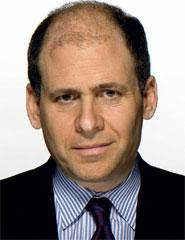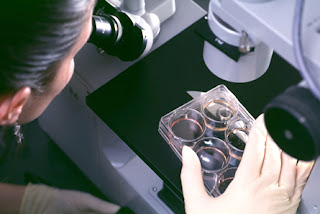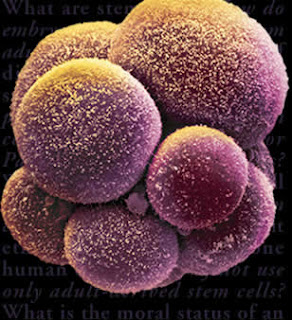When you finish an experience like cancer treatment, you don’t just return to where you were so many months before, and pick up right where you left off. Cancer is a life-changing experience. Once you’ve been awarded the dubious title of “cancer survivor,” you can never go back. Even the people who call themselves “cancer free” – having completed so many years following treatment, without further symptoms – usually continue to live with a certain, low-level fear that the cancer could recur.
It’s more complicated that mere anxiety, though. I don’t mean to give the impression that I’m paralyzed by worry. When I look ahead on my calendar and see a doctor’s appointment, I don’t feel swamped by a wave of dread. Dr. Lerner has been upbeat from the very beginning, observing that my type of lymphoma typically responds well to treatment, and that remissions tend to be long-lasting. I have every reason to expect that his prediction (or, at least, his statement of the law of averages) will prove true in my case. The observation I’m making is more existential than emotional in nature. Cancer changes you. You’re not the same person you were before. It’s hard to describe what I mean by that, other than saying that’s how things feel.
“The new normal” is a phrase some of Leroy’s blog readers have been using in responding to his recent postings, and it’s one that speaks to me, as well. I’d love to be able to say I’m now “back to normal” – indeed, friends and family would very much like to hear me say it – but I can’t. What is “normal,” anyway? Normal is a moving target, these days.
I'm glad I'm no longer where I was a year ago, dealing with chemo. But, on the other hand, I feel that the door back to where I was, pre-diagnosis, is closed and barred. The new normal is the country I now find myself in, and I’m still exploring the terrain.
 When I was in the midst of chemo treatments, there was a very clear map to follow. I went from treatment to treatment, weathering the more-or-less predictable side effects. Now, I find myself in a country where many of the old landmarks are no longer recognizable. It’s a better place to be than where I was a year ago, but I’m still trying to figure out how it compares to the place I was in, when I commenced this cancer journey.
When I was in the midst of chemo treatments, there was a very clear map to follow. I went from treatment to treatment, weathering the more-or-less predictable side effects. Now, I find myself in a country where many of the old landmarks are no longer recognizable. It’s a better place to be than where I was a year ago, but I’m still trying to figure out how it compares to the place I was in, when I commenced this cancer journey.The ancient Sophist philosopher, Heraclitus, memorably said that you can’t step into the same river twice. Once you step out of your ordinary, day-to-day life to undergo a season of chemotherapy, when you do finally get back to that river, the waters that once carried you have moved on. There’s a certain continuity, of course, but things feel different, also.
The challenge is letting go of the old normal, and embracing the new.















